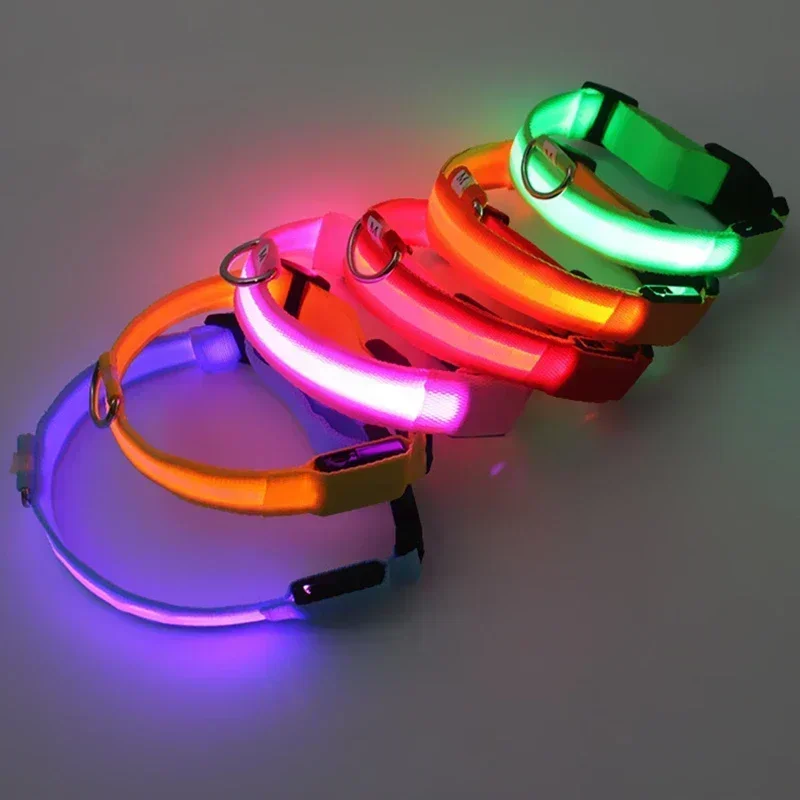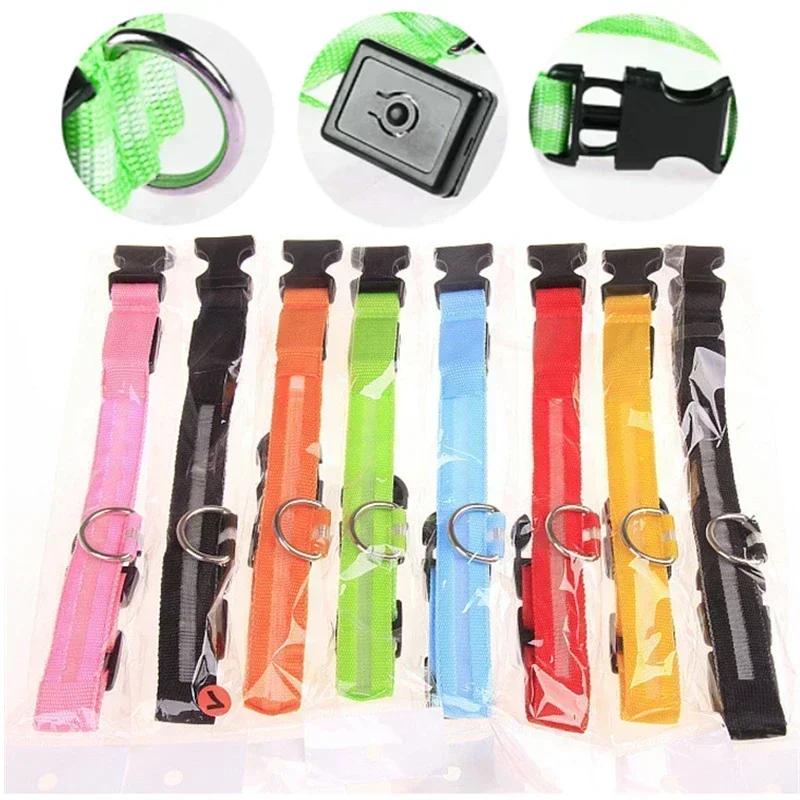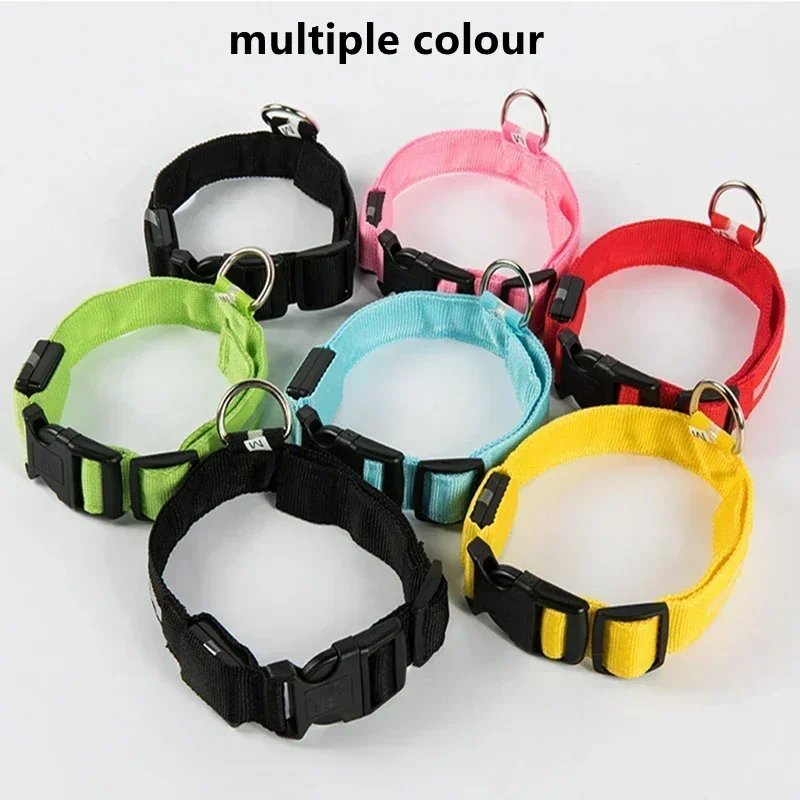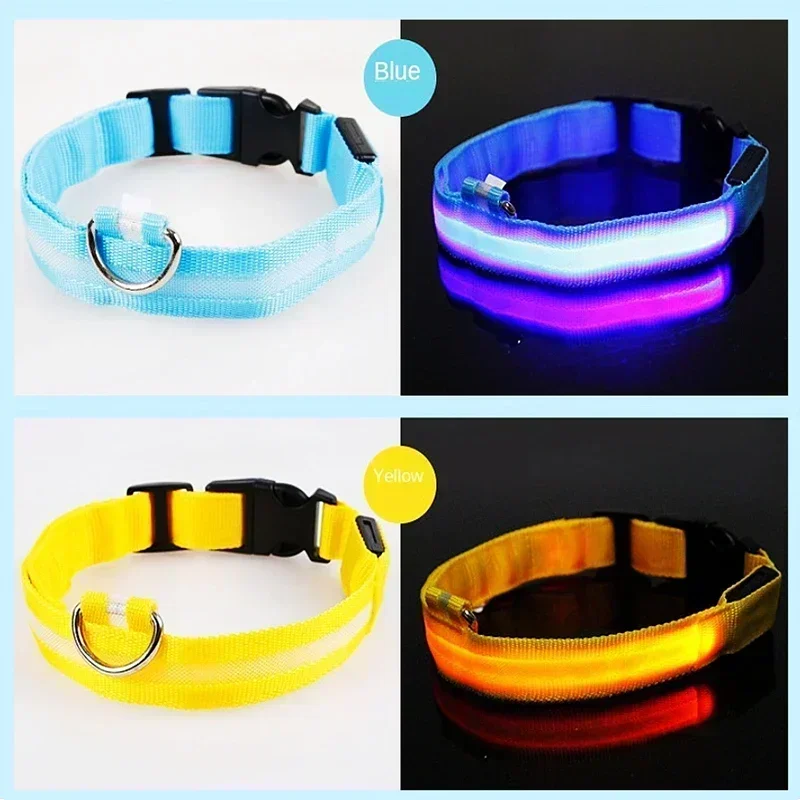Importance of Proper Collar Fit
How to tighten a dog collar? A proper collar fit is crucial for your dog’s safety and comfort. If a collar is too loose, your dog might slip out and get lost, or worse, end up in a dangerous situation. Conversely, a collar that’s too tight can cause discomfort, restrict breathing, or even lead to injuries. Ensuring the collar fits just right is not only about comfort; it also helps in better control during walks and training sessions.

A well-fitting collar will allow for two fingers to be comfortably slipped between the collar and your dog’s neck, ensuring it’s snug but not too tight. Regular checks are important as your dog’s size can change due to growth, weight loss, or weight gain. Additionally, a collar that fits well minimizes the risk of it getting caught on something, which can be frightening for your dog and potentially harmful.
A properly adjusted collar gives peace of mind to the owner as well. Knowing that your dog is safe in their collar makes walks and playtime more enjoyable. Remember to check the fit frequently and adjust as needed. It’s a simple step, but it goes a long way in maintaining your dog’s well-being and your own.
Types of Dog Collars and Their Adjustments
Choosing the right dog collar is essential for your pet’s safety and comfort. With various types of collars available, understanding their adjustments is key. Here’s how to tighten the most common types of dog collars.
Flat Collars
Flat collars are the most traditional type and tend to be very easy to adjust. Here’s what to do:
- Firstly, locate the buckle on the collar and open it.
- Slide the collar through the buckle to tighten or loosen it until you find the right fit.
- Aim for enough space to fit two fingers between the collar and your dog’s neck.
- Once adjusted, secure the buckle back in place.
Remember to regularly check the fit, especially after your dog has been active, as movements can cause the collar to loosen over time.
Martingale Collars
Martingale collars, also known as limited-slip collars, offer more control without choking. To tighten a martingale collar:
- Pull up on the smaller loop and observe how the larger loop tightens around your dog’s neck.
- Adjust the length of the larger loop before putting it on your dog so it tightens just enough without causing discomfort.
- Check that it’s not too tight by ensuring you can still slip two fingers underneath easily.
Martingales are ideal for dogs that can slip out of flat collars due to their head size being similar to their neck size.
Harness Collars
Harness collars, or simply harnesses, aren’t around the neck but still need proper adjustment:
- Start by unbuckling the harness and placing it on your dog’s back.
- Adjust the straps around the chest and neck area.
- Buckle the harness once you’ve achieved a snug fit, leaving room for two fingers.
- Ensure the harness doesn’t shift too much as this could indicate it’s too loose.
Harnesses are excellent alternatives for dogs prone to pulling or those with respiratory issues. Regular adjustment ensures it remains comfortable and safe for everyday use.
When adjusting any type of dog collar, using the ‘two-finger rule’ helps in achieving the perfect balance between safety and comfort.
Step-by-Step Guide to Tightening a Collar
Ensuring your dog’s collar fits securely is simple. Follow these easy steps for a perfect adjustment:
- First, remove any tags or accessories from the collar.
- Next, have your dog stand up straight. This ensures an accurate adjustment.
- Hold the collar in your hands and gently wrap it around your dog’s neck.
- If it’s a buckle collar, insert the end through the buckle and pull to tighten.
- For snap closures, press the ends together until you hear a click.
- Verify the fit by slipping two fingers between the collar and your dog’s neck.
- The collar should not slide over your dog’s head easily. If it does, it’s too loose.
- Walk around with your dog to see if the collar stays in place.
- Recheck the tightness after a few minutes to ensure it hasn’t shifted or loosened.
- If you need to make further adjustments, repeat the steps until it’s secure.
- Lastly, reattach any tags or accessories once the fit is correct.
How to tighten a dog collar typically depends on its type and closure system. But the process always includes checking for snugness without causing discomfort. Make collar adjustments part of your regular care routine, and your dog will always be safe and comfortable.

Measuring Your Dog for the Perfect Collar Fit
Finding the right size collar for your dog is critical for comfort and safety. Measure your dog’s neck with a cloth tape measure. The tape should sit where the collar normally rests. Jot down this measurement as the neck size. Next, add two inches to the neck size for proper clearance—this is your collar length.
For dogs with fluffy coats, press down the fur to get a more accurate measure. If your dog is between sizes, pick the larger collar and adjust it down. Some collars come with a size chart; use it as a guide. Remember, the two-finger rule applies to ensure the fit is neither too tight nor too loose.
Measure your pet every few months since dogs can change size due to weight changes or growth. A well-measured collar will stay in place during walks and play but won’t choke or harm your dog.
When to Adjust Your Dog’s Collar
Adjusting your dog’s collar is not a one-time event. Here are situations that call for a collar check:
- Growth: Puppies grow quickly, so check their collar size often.
- Weight Changes: If your dog gains or loses weight, their neck size may change.
- New Collar: Always adjust a new collar to fit your dog’s neck properly.
- Seasonal Coat Changes: Dogs with thick coats may need adjustments as their fur grows or sheds.
- After Bathing: Fur can clump when wet, making the collar too tight when it dries.
- Behavioral Changes: If your dog starts scratching at the collar, it could be uncomfortable.
A good rule is to check the fit of your dog’s collar at least once a month. More often is better, especially for growing puppies. Always remember to use the two-finger rule to ensure a safe and comfortable fit for your furry friend. Stay attentive to any signs that the collar may need an adjustment to keep your dog safe and happy.
Safety Tips for Collar Adjustment
Ensuring your dog’s collar is both secure and safe is vital. Here are safety tips to remember:
- Check for Wear and Tear: Before adjusting, inspect your dog’s collar for any signs of wear or damage. A frayed or weak collar can break, which could put your dog at risk.
- Avoid Over-Tightening: A collar should never cause your dog discomfort. Over-tightening can lead to breathing difficulties or skin irritation. Use the two-finger rule as your guide.
- Mind the Tags: When adjusting your dog’s collar, make sure ID tags and licenses are secure. Loose tags can get caught and pose a hazard.
- Use the Right Tools: Ensure that you have the proper collar adjustment tools, if any are required, especially for specialized collars.
- Stay Calm and Patient: Adjusting a collar can make some dogs anxious. Keep calm and be patient, giving your dog breaks if needed.
- Test the Adjustment: After tightening, take a short walk to test the new adjustment. Watch for any signs of discomfort or the collar slipping.
- Regularly Check the Fit: As with all things, collars can become loose over time. Make it a habit to check and adjust your dog’s collar regularly.
By following these safety tips, you help prevent accidents and ensure your dog’s collar adjustment contributes to their overall well-being. Safety should always be a priority when learning how to tighten a dog collar.

Alternatives to Traditional Collars
Sometimes traditional collars aren’t the best choice for every dog. Here are some alternatives:
Breakaway Collars
Breakaway collars are designed to open when a strong force pulls on them. This feature can prevent choking if the collar gets snagged. Make sure it fits snugly with the two-finger rule but test that the breakaway mechanism works correctly.
Smart Collars
Smart collars come with GPS trackers and fitness monitors. They help keep tabs on your dog’s location and activity levels. Tighten them so they’re secure but still comfortable for your dog to wear.
Vibrating Collars
Vibrating collars can assist in training and are useful for deaf dogs. They should fit like traditional collars, not too tight or too loose. Always use them according to the instructions for safety and effectiveness.
LED Collars
LED collars improve visibility during nighttime walks. Adjust them like a flat collar, ensuring visibility devices are working and the collar is snug but not restrictive.
Custom-fit Collars
Some companies offer custom-made collars. Provide precise measurements and specify any additional requirements for a perfect fit.
Choosing an alternative collar might be a preference or a necessity. Always check for proper fit and remember regular adjustments to guarantee comfort and safety. Stick to the two-finger rule for a good fit, no matter the type of collar.
